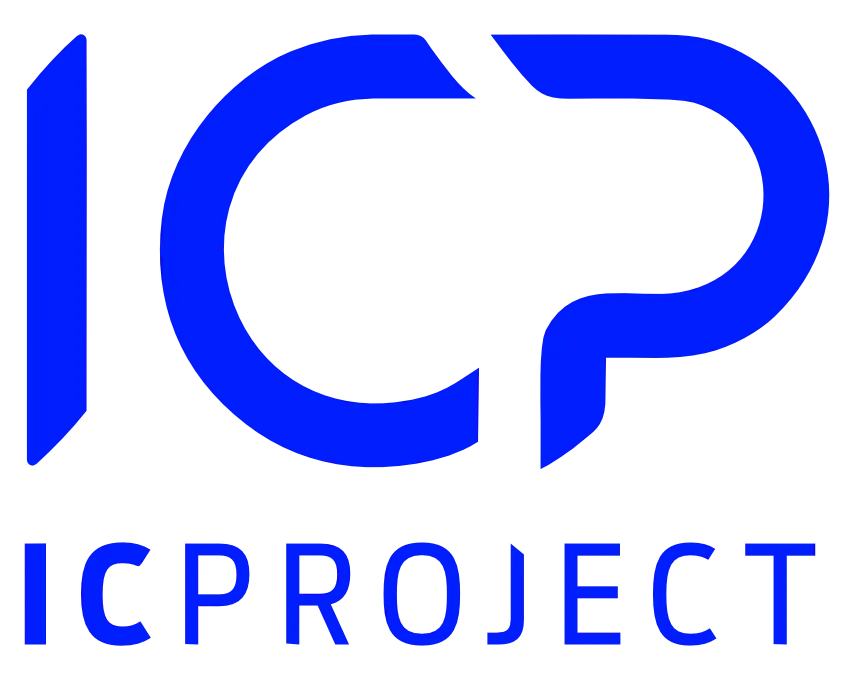The teal organization is a concept of work organization based on self-management, worker autonomy, and peer relationships. In a teal organization, task management is carried out through a process of constant feedback and adjustment. This means that rather than having a top-down approach to project management, teal organizations allow employees to work together to identify priorities and find the best way to complete tasks. This approach has several advantages. First, it helps to ensure that tasks are always aligned with the organization’s goals. Second, it allows employees to develop a greater sense of ownership over their work. And finally, it helps to create a more flexible and responsive organization, which is better able to adapt to changing circumstances.
There are still very few organizations based on this concept, but the very idea is becoming increasingly popular.
What is a teal organization?
The concept of the teal organization comes from a ground-breaking book by Frederic Laloux, Reinventing Organizations, published in 2014, which has become a bestseller worldwide. The author specializes in the analysis and building of innovative organizations managed in a modern fashion. In his book, he defines different levels of human consciousness, which also translate into types of organizations created over millennia.
Laloux differentiates five management models. He gave a symbolic color to each of them, and he put them in order from the most authoritative to the most democratic. The “evolutionary teal” was placed at the very end as the highest awareness level of organization management.
What is the organization’s color?
- Red Organisation
This organization’s management model is based on the power exercised by a chief. Goals usually have a short-term perspective.
- Amber organizations
The organization structure is hierarchic as well, and there is top-down control and management, but the perspective is long-term. The organization operates according to specified rules. Most governmental organizations, the army, police, and public schools work this way.
- Orange organizations
The organizational structure is still rigid, but the management pattern changes and becomes goal-oriented. The planning perspective extends. Employees play a more significant role; for an evolutionary purpose, attention is paid to their personal development and competencies. Innovativeness, responsibility, and effectiveness are valued. The organization is oriented towards goals and profit. Examples of orange organizations are corporations, banks, and public universities.
- Green organizations
Green organization’s management model is based on the individual, on the values and interests of the employees. The structure of green companies resembles a pyramid. The chief motivates and supports their subordinates, and they provide creativity and engagement in return.
- Teal organization
A teal organization features a self-managed administration with a flat organizational structure. There is no hierarchy, and all employees are equal. Based on their abilities and the organization’s present demands, individuals assign assignments to one another. Decisions are made by people who have a predisposition to do so. There are no bonuses, commissions, orders, competition, control, and positions; in exchange, there are trust, cooperation, partnership, and freedom. Employees decide for themselves how much they earn. They usually receive a share of the profit. They share knowledge and help one another to perfect their skills. The organization is transparent. The self-managed teams have access to all information, including how much the other employees earn.
What are the three breakthroughs of teal organizations?
-
Self-management: the ability of the team members to self-manage, take responsibility for their actions, and adjust to current challenges in a flexible manner. Effectiveness depends on interpersonal relations and erasing any resistance and habits connected with traditional hierarchy. Every team member feels responsible for the organization.
-
Wholeness is the sense that you can be yourself at work without having to fake it or separate your personal and professional lives. What is noticed and respected is not only the rationality, but also the emotionality, spirituality, and intuition of co-workers. The team is aware that everyone is deeply connected as a part of a larger whole. No one is blamed for any problems; solutions are sought together.
-
Evolutionary purpose – the activity proceeds as if in a living and changing entity, which has its purpose in life, and the team members help to implement it. What can be a kind of driving force is the need to create products and services needed by clients, local communities, and the world.
What are practices in a teal model?
-
self-management
Self-management is critical for most organizations, but it is especially important for a teal organization. In a teal organization, self-management is a way of life. Every member of the teal companies is responsible for their performance and the performance of the team as a whole. This means that each member must be able to understand and manage their own emotions, set their own goals, and take responsibility for their success or failure. Self-management also requires members to be able to trust and respect each other. Without these things, a teal organization would quickly fall apart. self-management is what makes a teal organization work, and it is what makes it special.
-
collective intelligence
The collective intelligence of a teal organization can help the organization identify new opportunities and solve problems more effectively. It can also provide a shared sense of purpose and direction, and help to build trust and collaboration within the organization. By harnessing the collective intelligence of its members, a teal organization can become more agile, adaptive, and successful.
Motivation system in teal organizations
A motivation system is a key part of any business or organization, and it is especially important in times of change or stress. A bottleneck in the motivation system can lead to stagnation and even decline.
When motivation systems are not working properly, employees may become disgruntled and less productive. In some cases, they may even leave the company altogether. This can create a vicious cycle, as the loss of experienced and skilled employees can further aggravate the motivation problem.
It is therefore essential to identify and address motivation bottlenecks as quickly as possible. There are several ways to do this, but some common approaches include clarity of purpose, effective communication, and recognition for good work. By taking steps to improve the motivation system, companies can avoid stagnation and ensure continued growth and success.
In any organization, it’s important to have a clear and effective system for managing tasks. This ensures that tasks are completed efficiently and that everyone is aware of their responsibilities. In a teal organization, task management is typically based on a motivation system. This means that tasks are assigned based on each individual’s strengths, interests, and level of motivation. This ensures that everyone is working on tasks that they’re well-suited for and that they’re motivated to complete. As a result, task management in a teal organization is typically much more efficient and effective than in a traditional organization.
Agile and scrum in teal organization
Teal management is a concept much deeper than it seems on the surface. It is not simpler than the traditional hierarchical model, but it helps to solve such problems as having no sense of impact, no engagement, and no co-responsibility among employees. It also makes the company more adapted to the market and more “agile”. An organization should have already been operating on the market for some time, and to implement this management model, the team needs to be coherent, committed, and tested, and the team members must trust one another. Teal organizations exist worldwide and in various cultures. These are both trade, service, and production enterprises. Experts and enthusiasts of this concept claim that this is not a temporary trend but the direction in which management will go.
Agile and scrum are often spoken of in the same breath, but they are two distinct approaches to software development. Scrum is a methodology that falls within the agile umbrella, but there are other agile methodologies as well. In a scrum environment, developers work in short sprints to deliver software iteratively. This means that new features are constantly being added, and feedback from users is incorporated into the development process. Teal organizations are those that embrace self-organization and experimentation. In other words, they encourage employees to think for themselves and to experiment with new ideas. While there is no one right way to organize a company, teal organizations tend to be more flexible and adaptive than traditional hierarchies. As a result, they are often able to move faster and be more responsive to change. For these reasons, agile and scrum can be particularly well-suited to teal organizations.
You can read about teal organizations not only in the mentioned book, Reinventing Organizations but also in such books as The Doctrine of Quality by Prof. Blikle. Blogs and Facebook groups that bring together people interested in this concept are also good sources of information. The Future of Management Is Teal article describes this topic well too. In many cities, an initiative is created, consisting of regularly organizing meetings for people who want to learn more about a new model of teal organizations.





